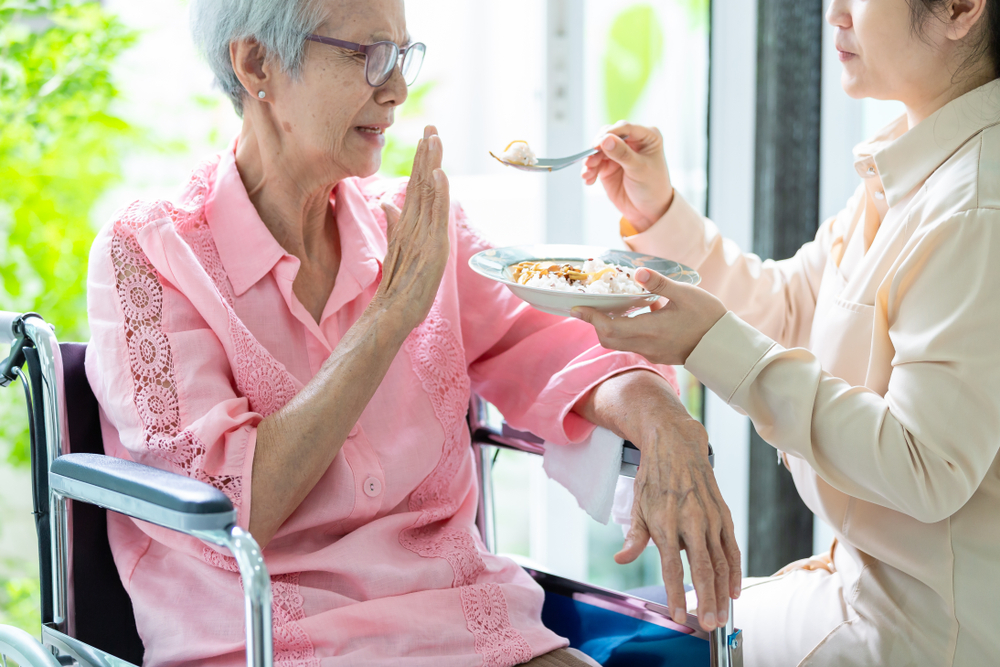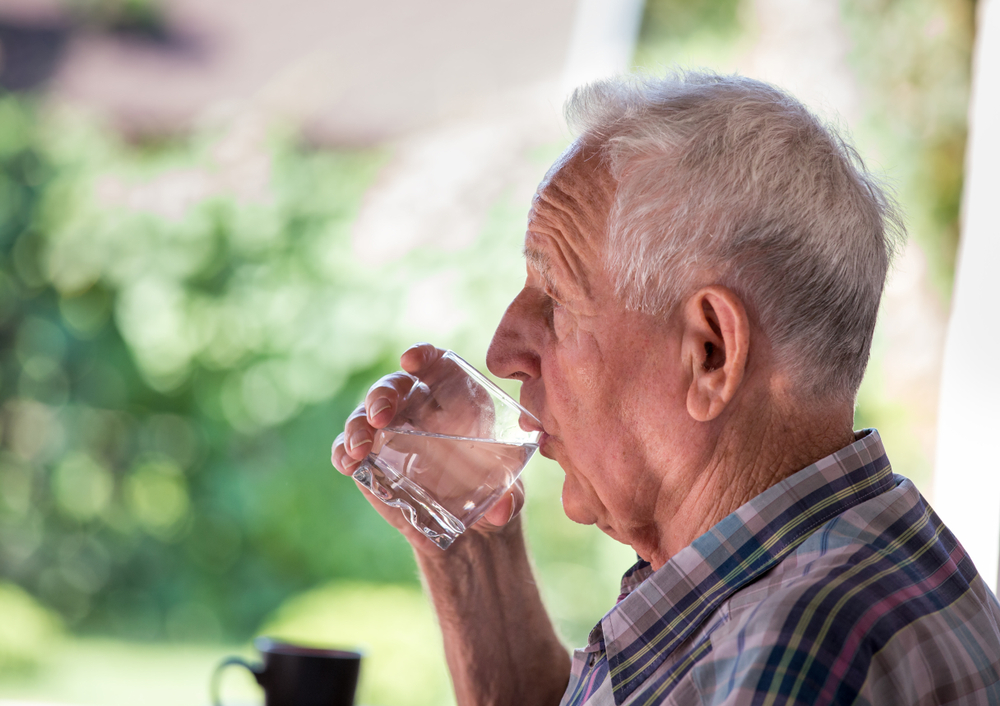Anorexia in the Elderly: Eating Disorders in Aging Adults
Category:

Anorexia may be commonly associated with young people but older adults are equally at risk. Anxiety and depression are common causes of eating disorders and elderly people commonly experience these symptoms. In this post, we will share what you need to know about anorexia and elderly people.
Causes of Anorexia in the Elderly
The natural effects of aging can cause anorexia nervosa in seniors. In particular, anorexia dementia in the elderly can cause some patients to forget how to feed themselves or swallow. They may also simply forget to feed themselves if they are not being closely monitored by a caregiver. Here are a few other causes of anorexia nervosa in the elderly.
-
Alcoholism
-
Benign gastrointestinal disorders
-
Cancer
-
Cardiovascular disorders (i.e. congestive heart failure)
-
Depression (clinical or as a coping strategy for bereavement; lack of attention from family members; or as a suicide attempt)
-
Digestive difficulties (i.e. constipation, incontinence) or issues with swallowing
-
Pulmonary disease
-
Some prescription medications, which can cause a lack of interest in food
Elderly Anorexia Symptoms and Signs
It may be difficult to determine the signs of anorexia in an older adult because the symptoms can often coincide with aging. All of the below signs cannot be used to diagnose anorexia on their own but if there is a combination of any of them, you might want to consult with your loved one’s doctor with any concerns. Here are just a few symptoms and signs of anorexia in the elderly.
-
Anxiety and depression
-
Fatigue and bad sleep hygiene
-
Physical changes (i.e. dental damage, hair loss, heart or gastrointestinal problems)
-
Sensitivity to cold
-
Social isolation and withdrawal from physical contact
-
Skin problems, such as discoloration and dryness
-
Stomach pains due to irregular eating habits, such as bloating or swelling
-
Strange behavior around meal times (i.e. disappearing after a meal; using the toilet immediately after a meal; avoiding meals; the desire to eat alone)
-
A sudden decrease in weight
-
Use of diet pills, diuretics, and laxatives
-
Unusually clean or tidy kitchen/lack of food packaging
Elderly Adult Anorexia Treatment
Some older adults may feel shame or embarrassment for undergoing anorexia treatment. If they were to enter a treatment group with younger people, they might feel like they should be role models for the young rather than go through treatment by their side. However, there are luckily several ways to help your elderly loved one with anorexia. Below you will find a few tactics but be sure to consult their doctor about the best steps.
-
Counseling and psychological interventions (i.e. to help cope with loss, self-esteem issues, depression, etc.)
-
Work with dieticians to address nutritional deficiencies and consider removing dietary restrictions
-
Try to provide smaller snacks throughout the day rather than full meals
-
Provide a stable support system involving family and other loved ones
-
Encourage involvement in day programs to ensure your loved one dines with others and generally becomes more socially active
-
If they’re grieving over a loved one who would normally prepare meals for them, be sure to empower them to make meals themselves or look into delivery services such as Meals on Wheels
-
Make mealtimes meaningful by simply dining with them or asking about family recipes
-
Ensure they have plenty of water to drink throughout the day to aid in digestive processes
Subscribe
Date: October 7, 2021
Category:


